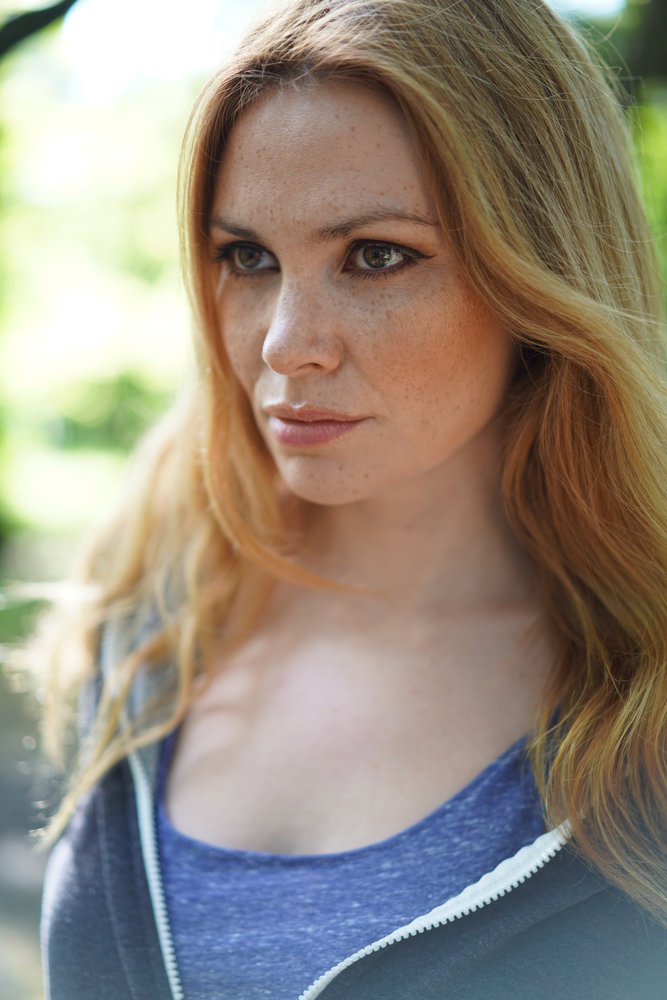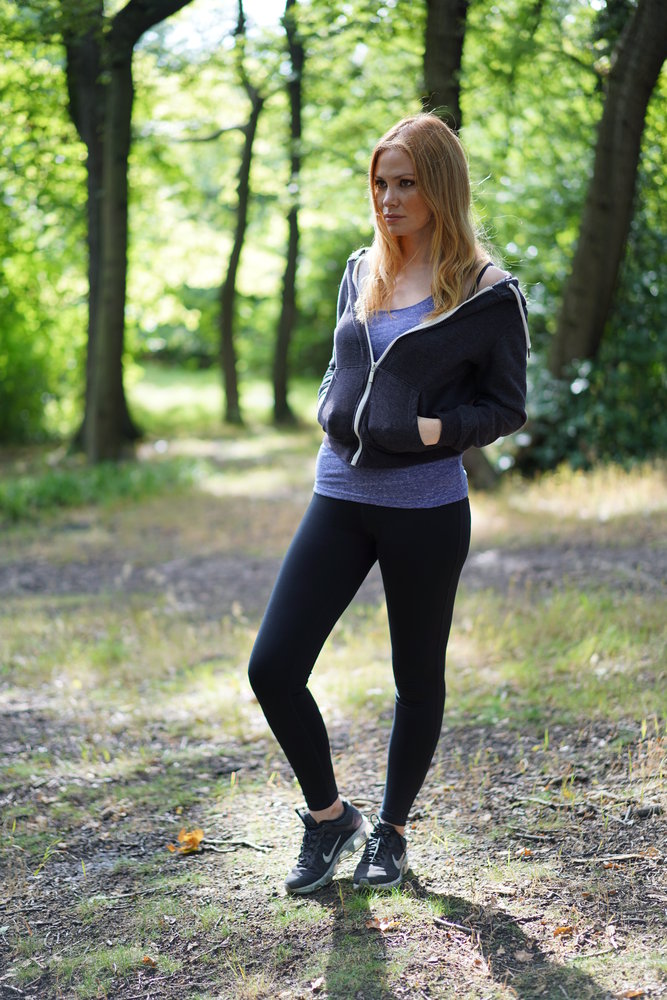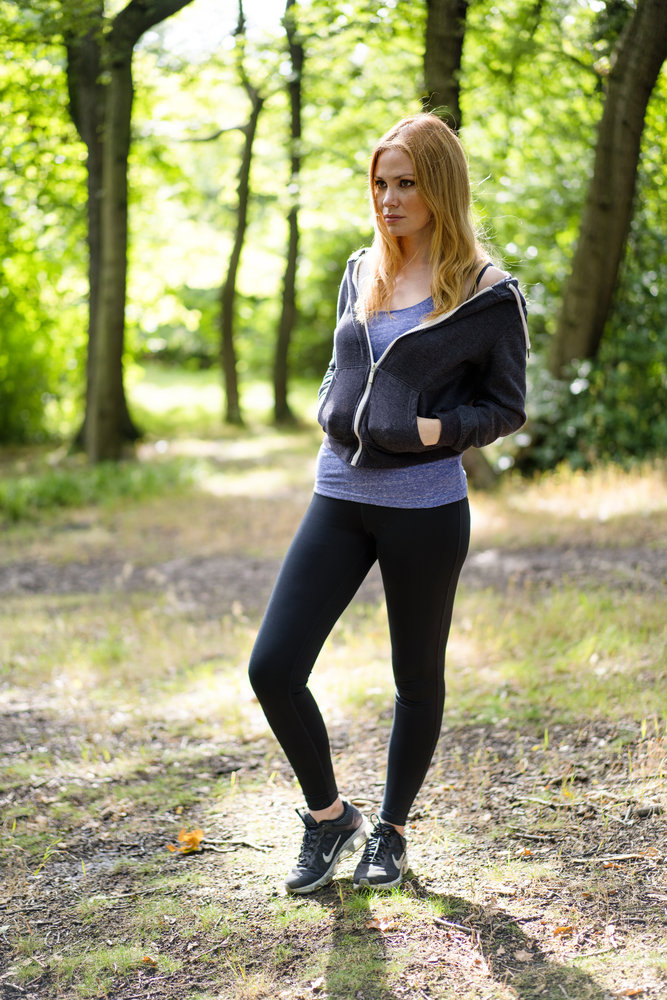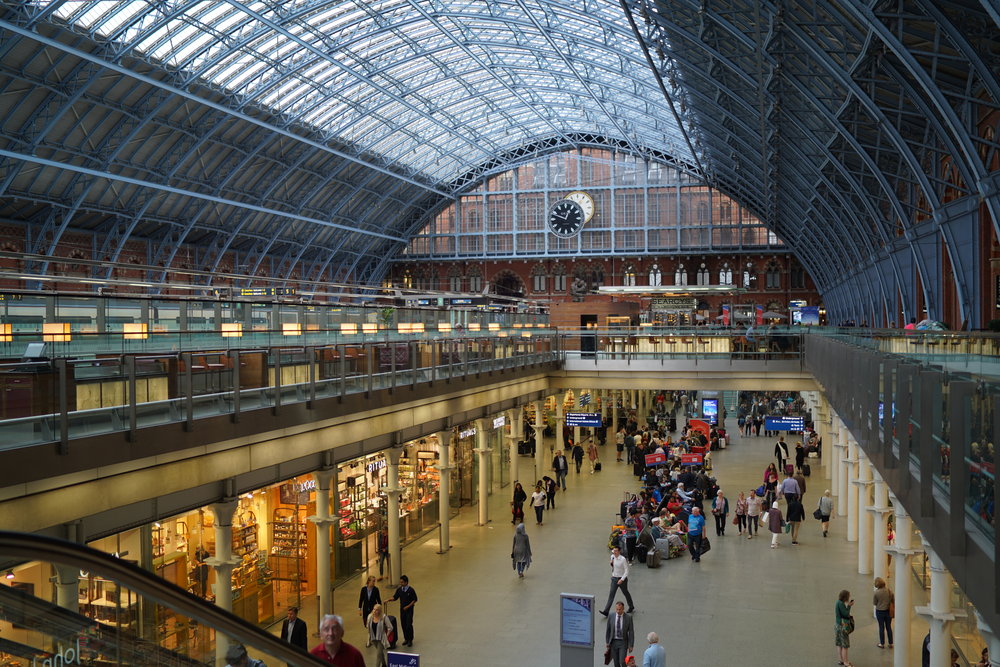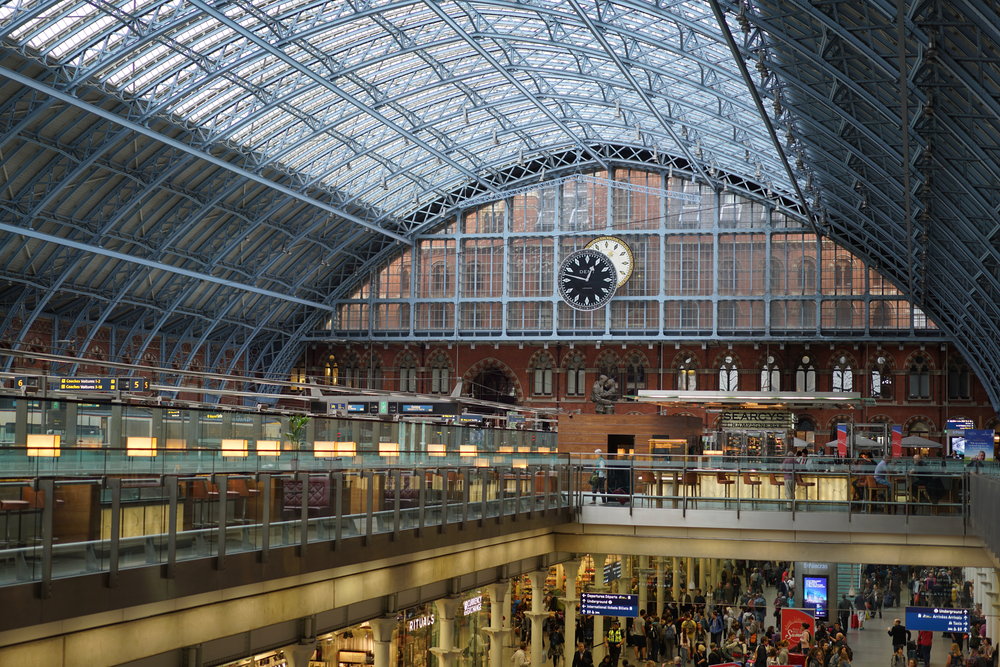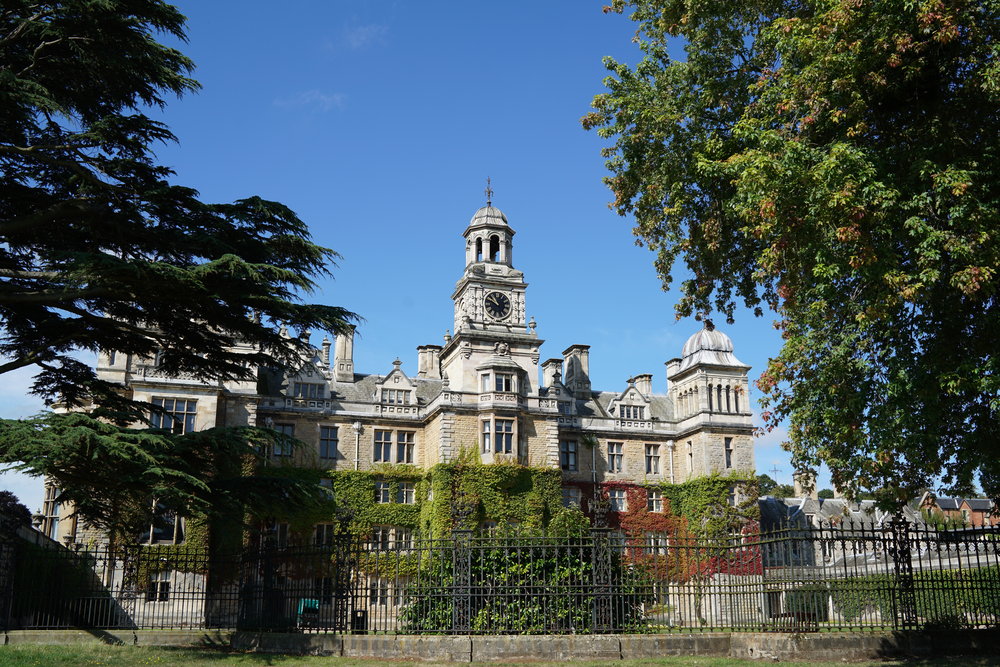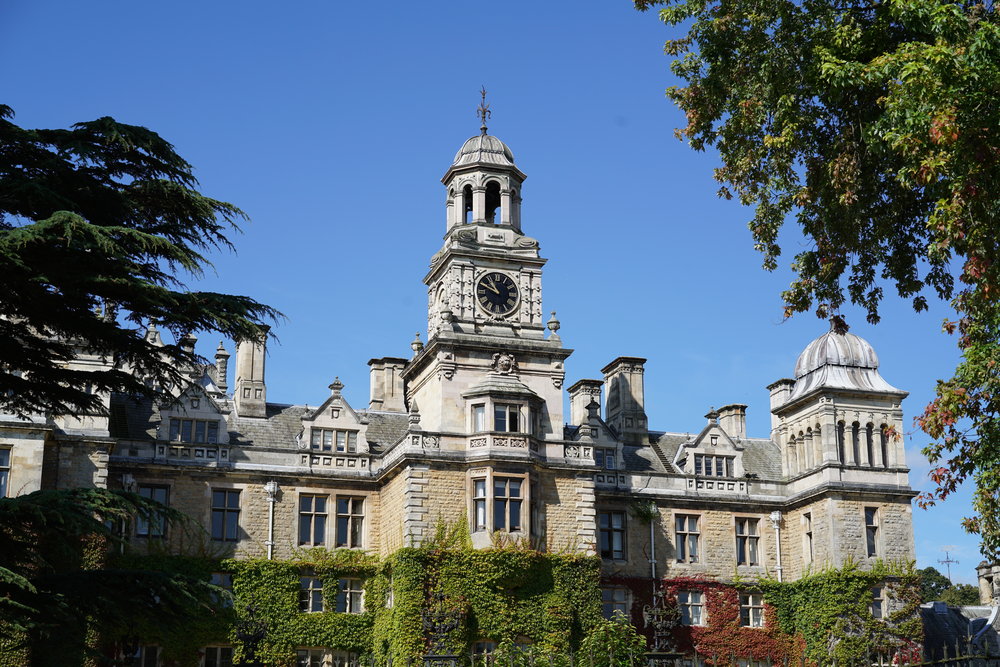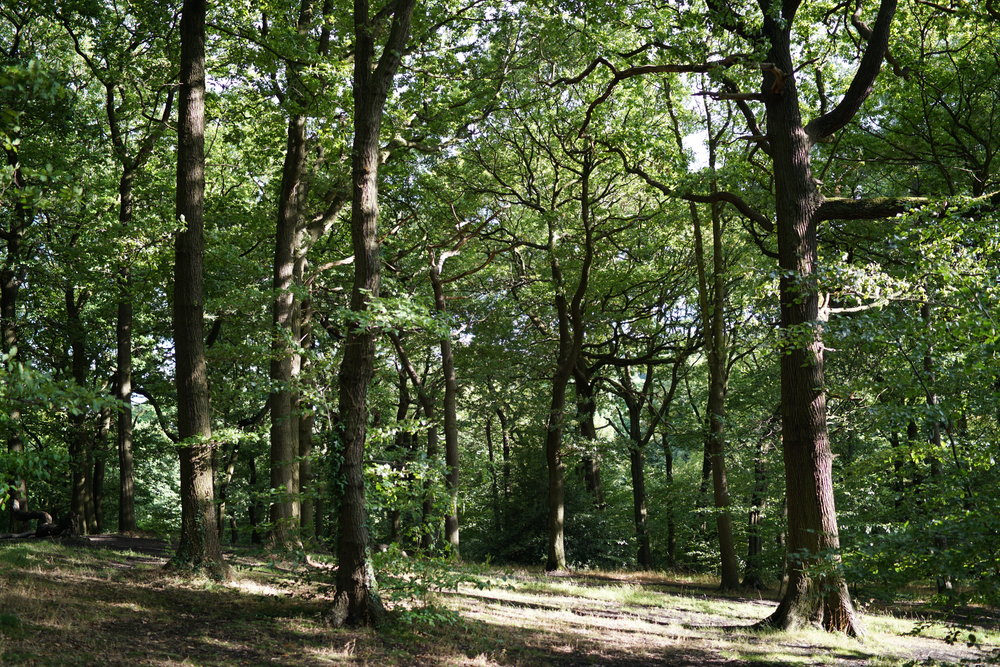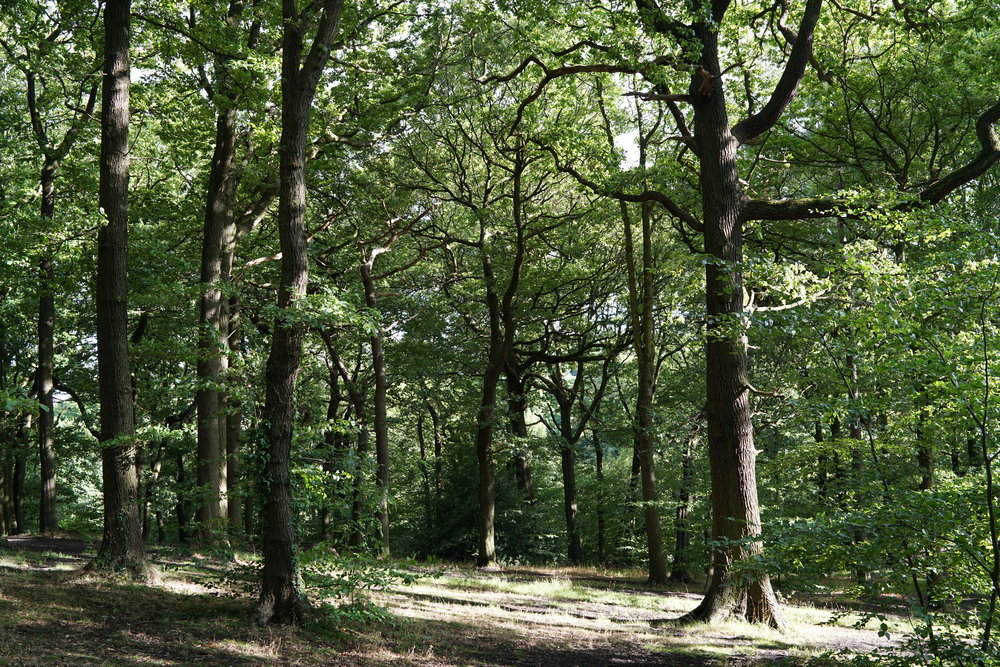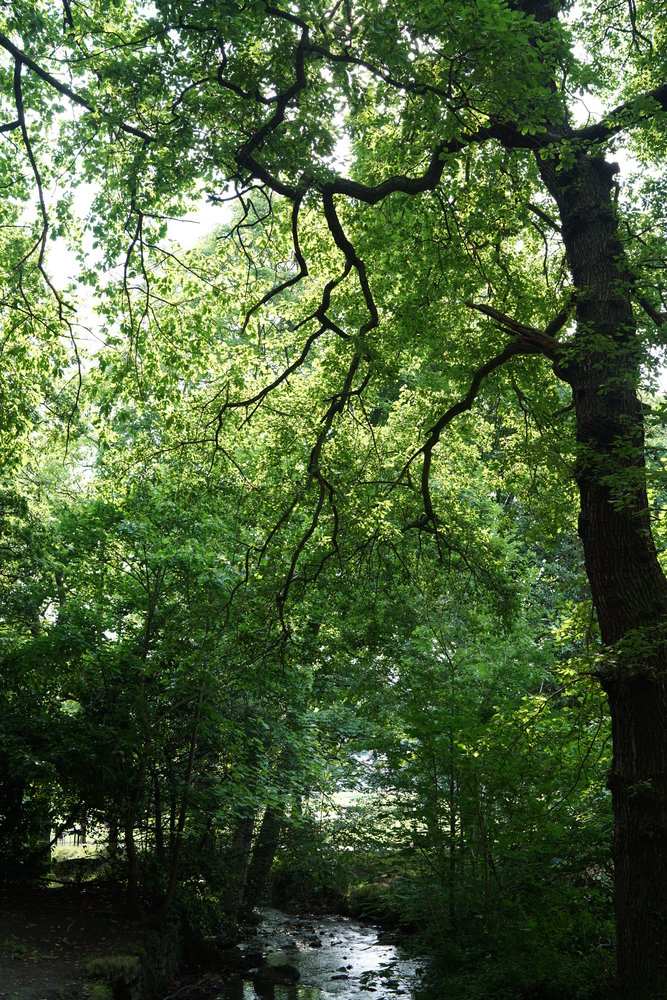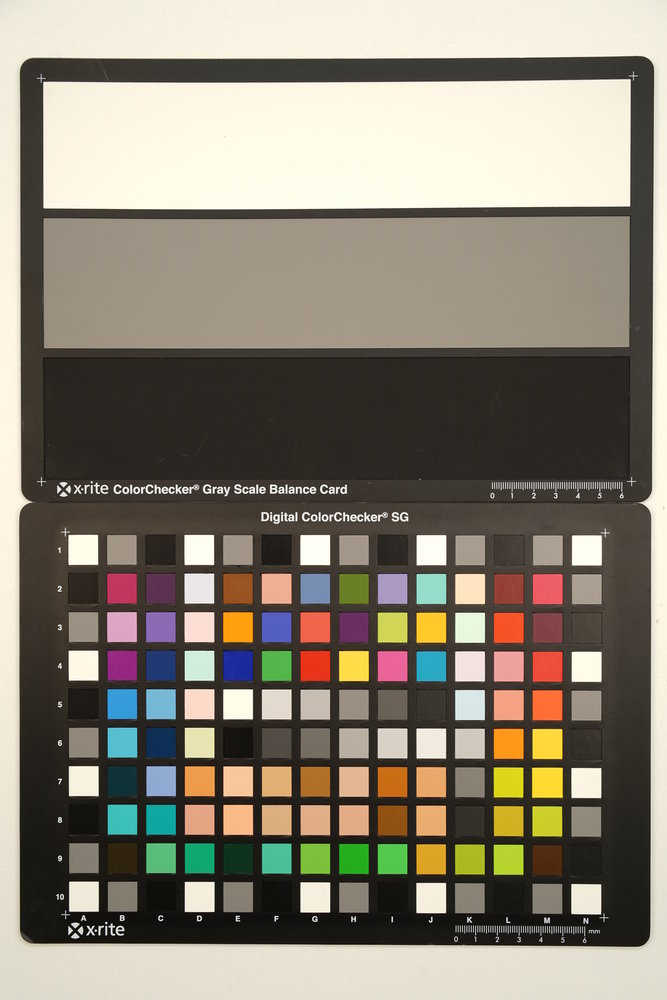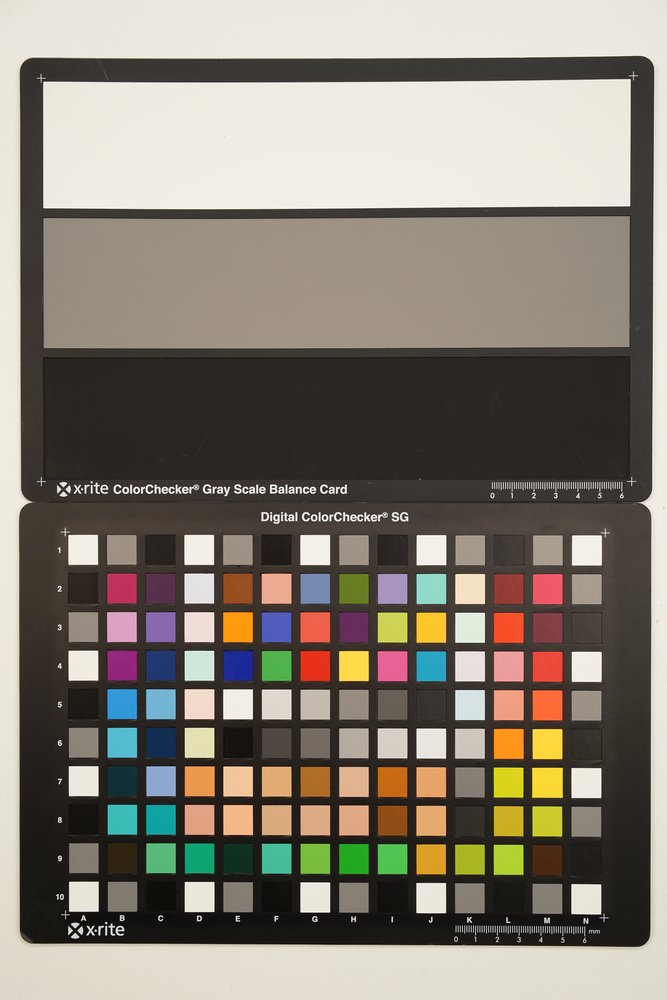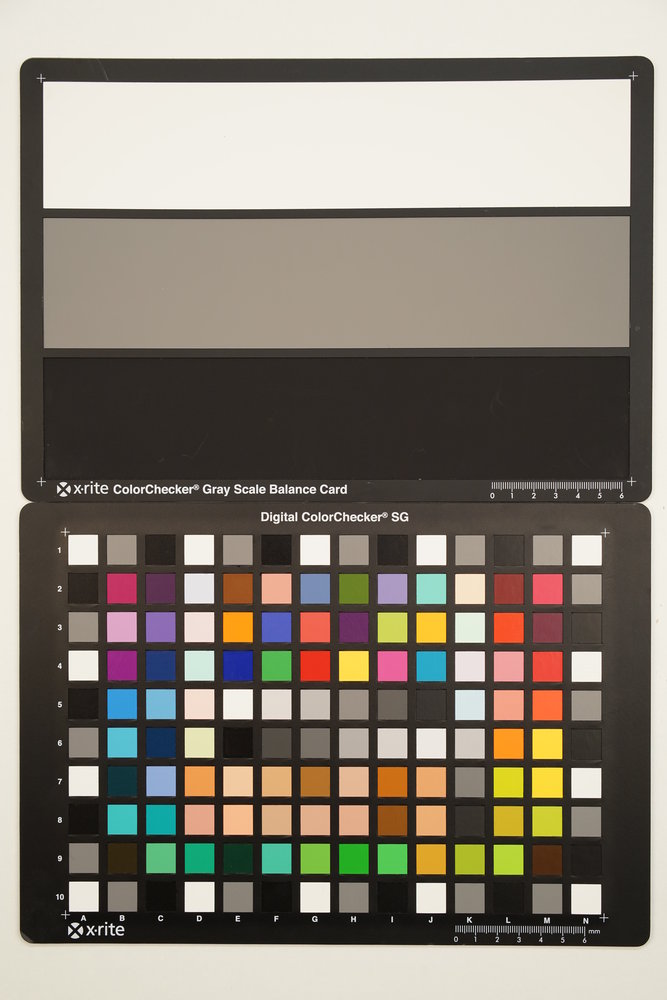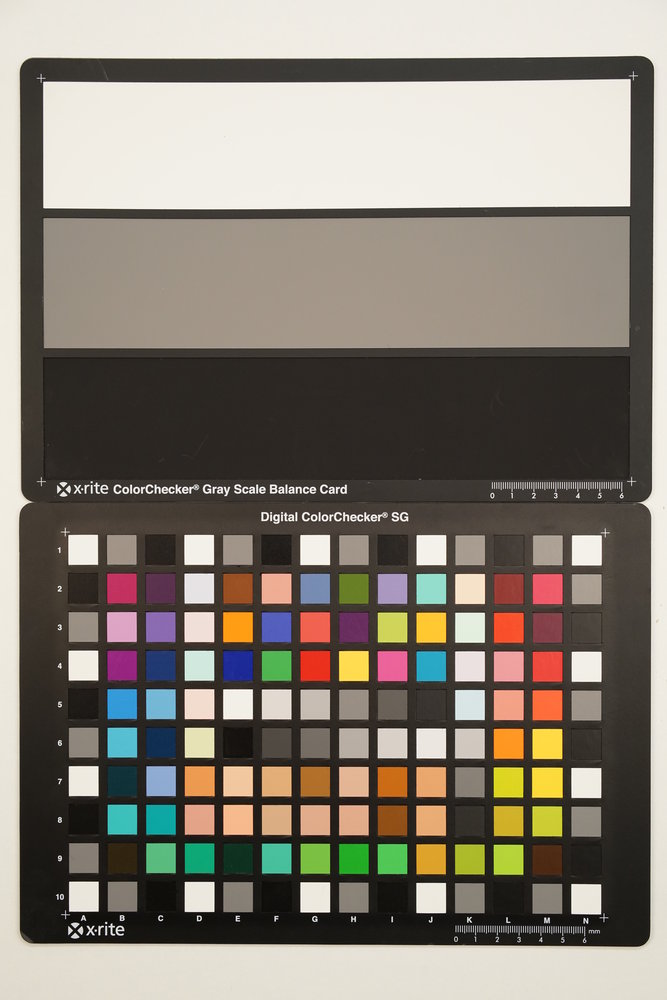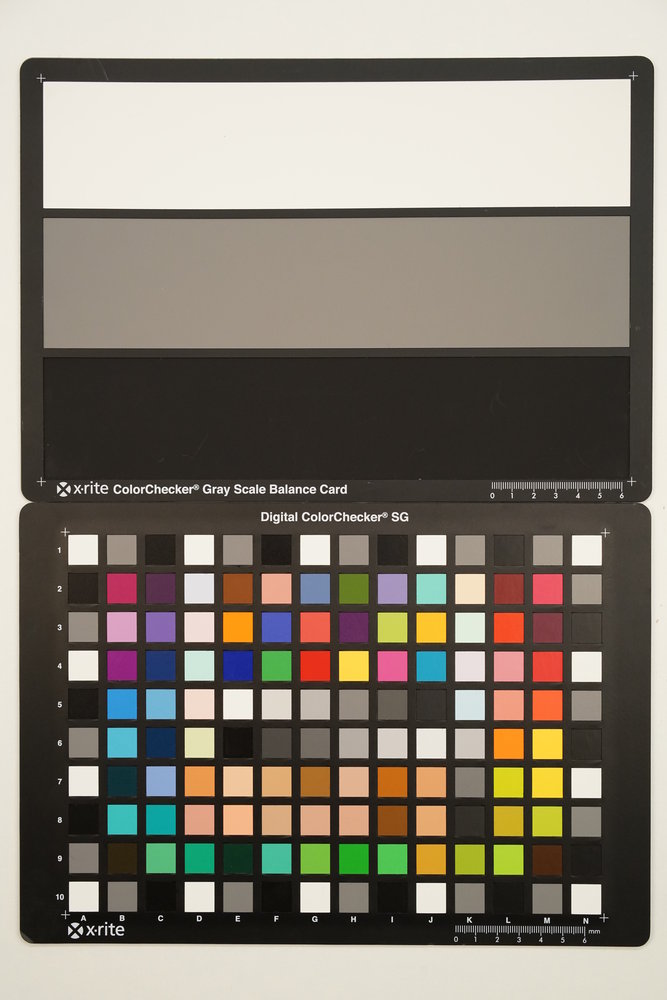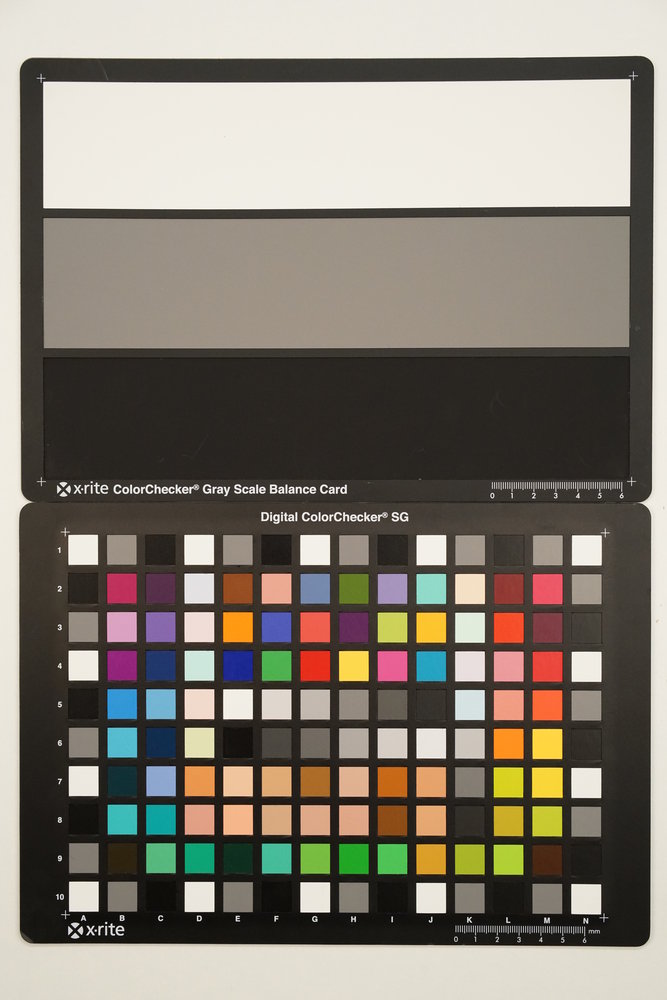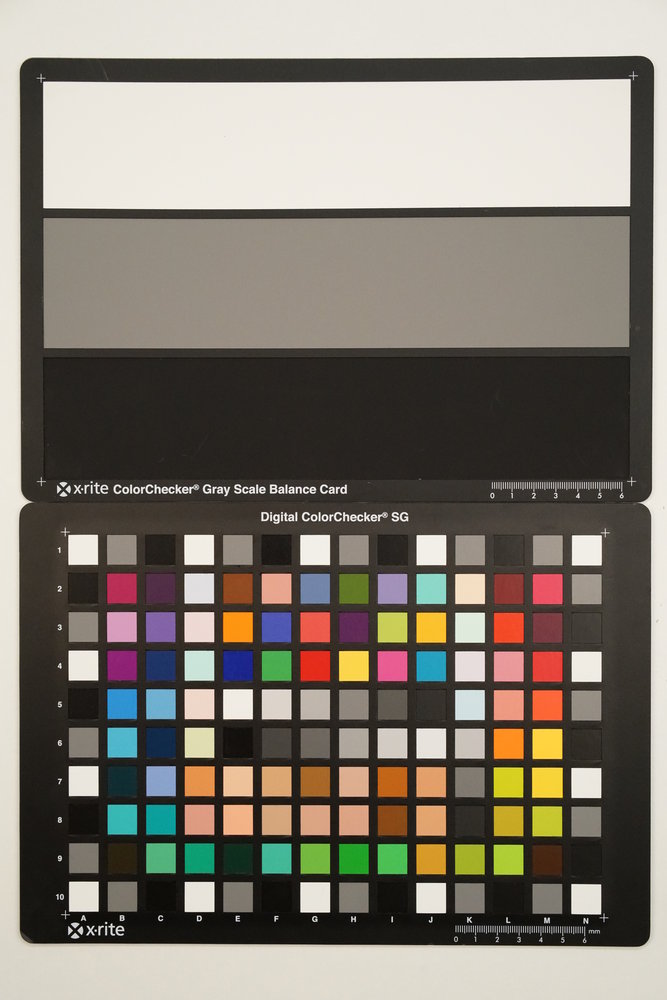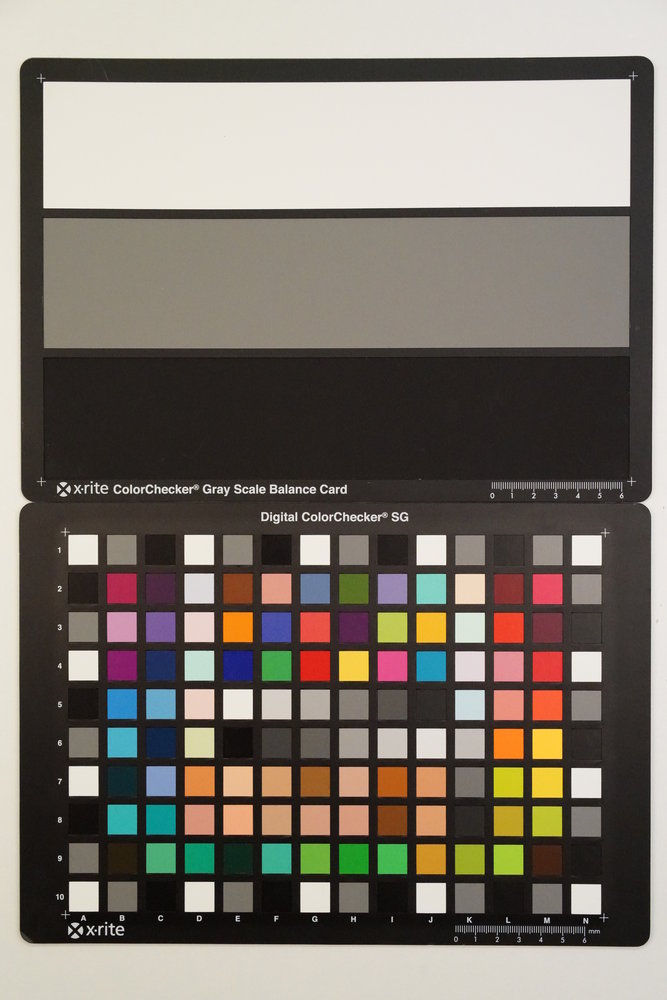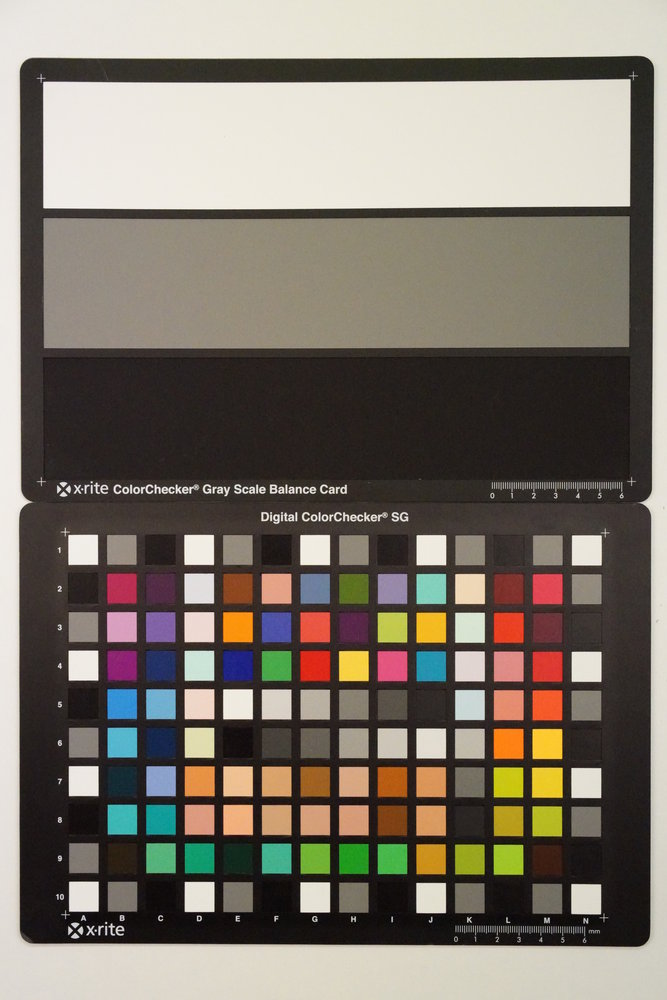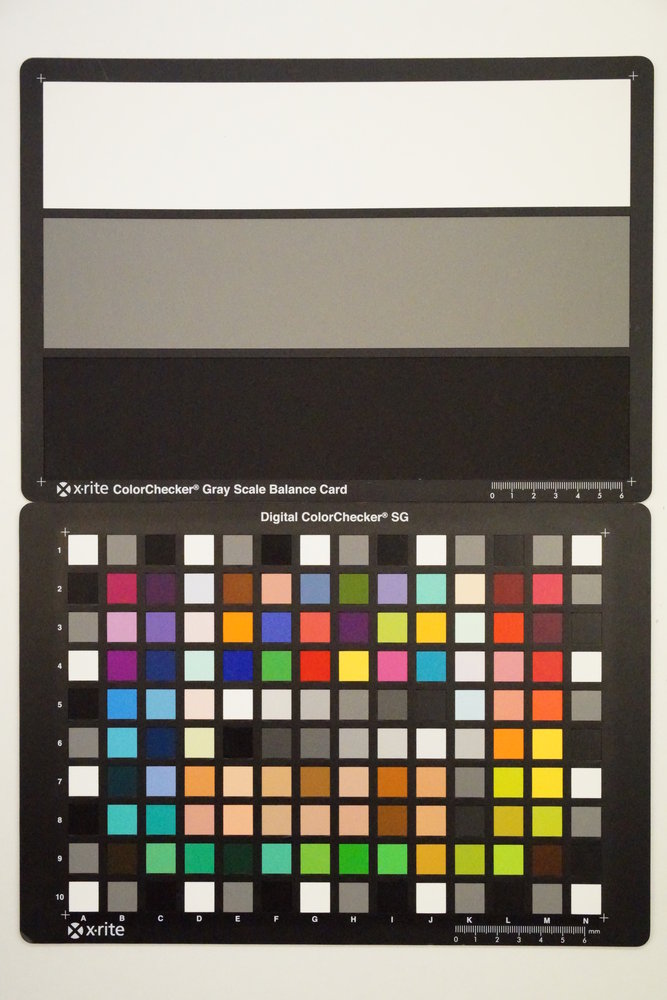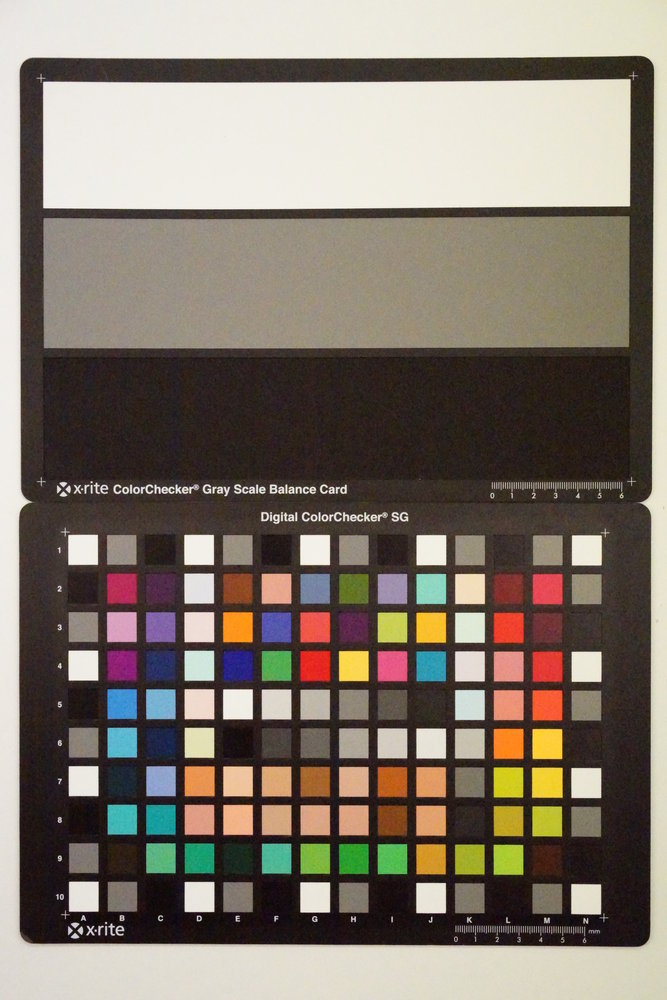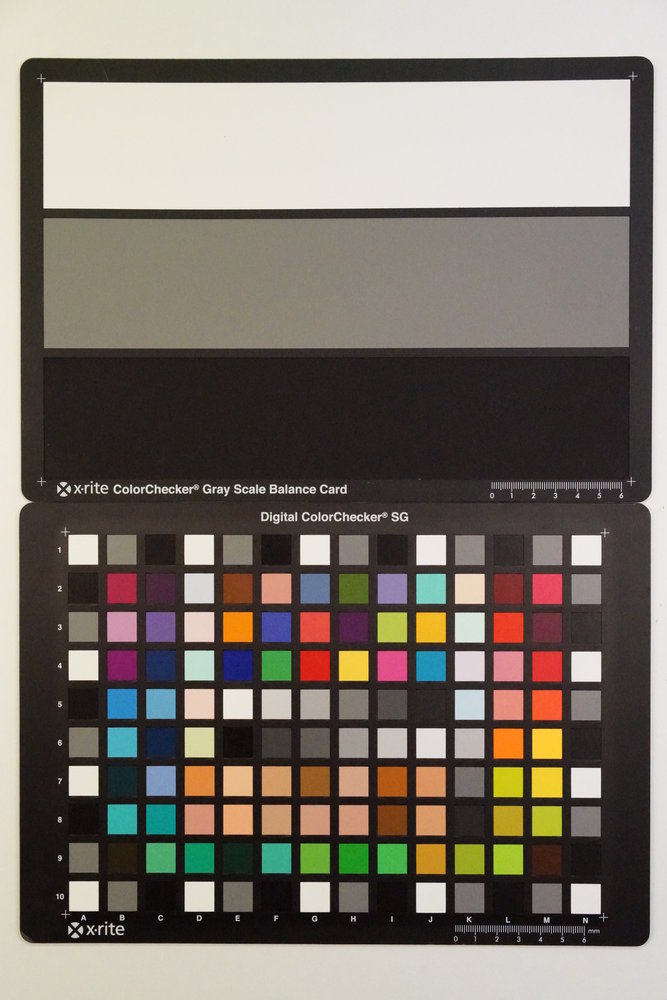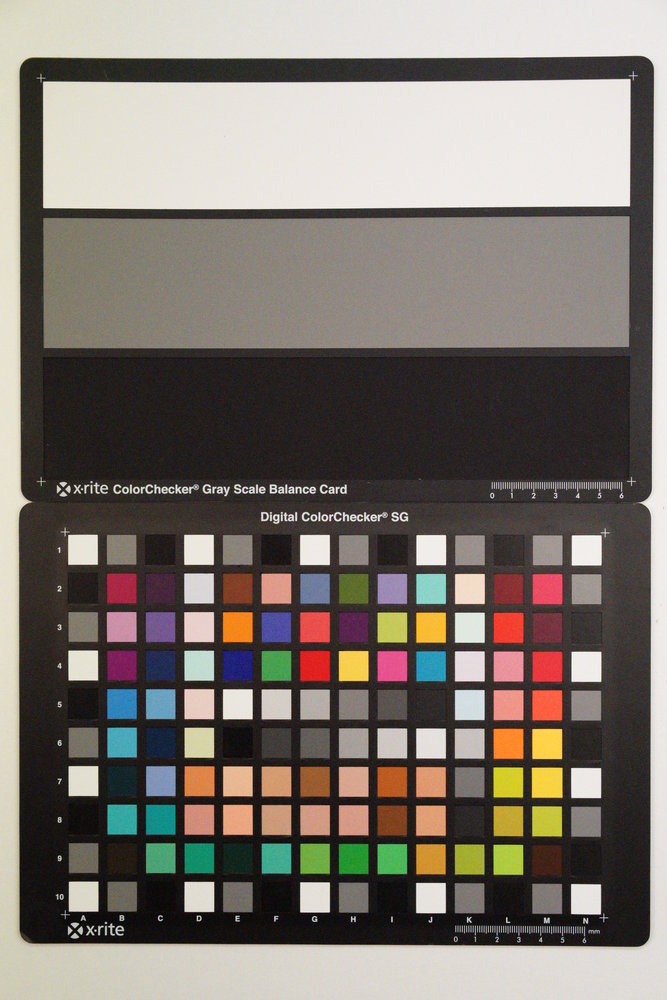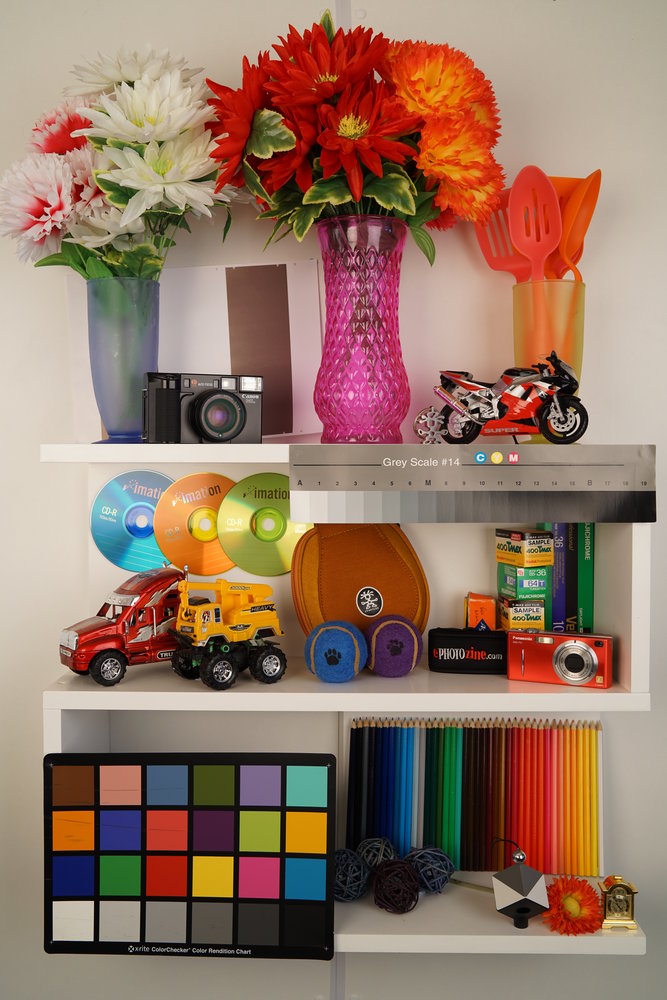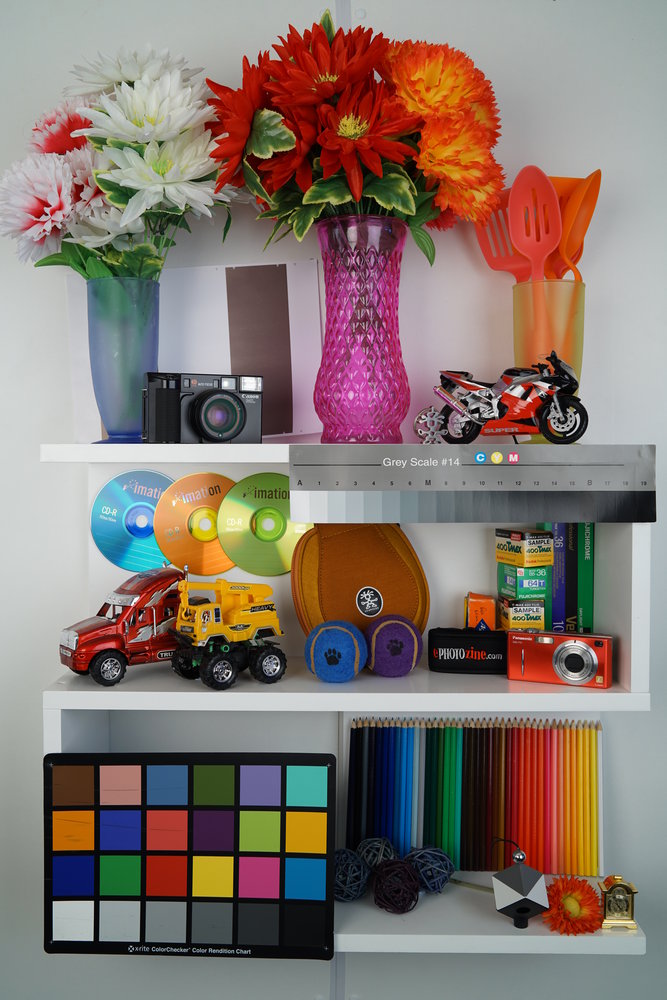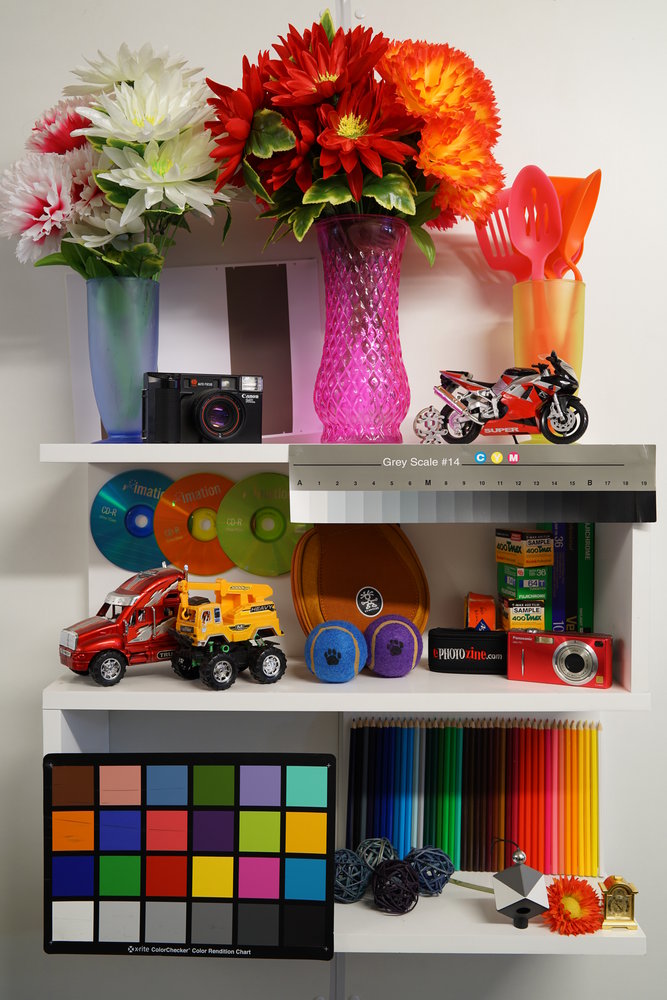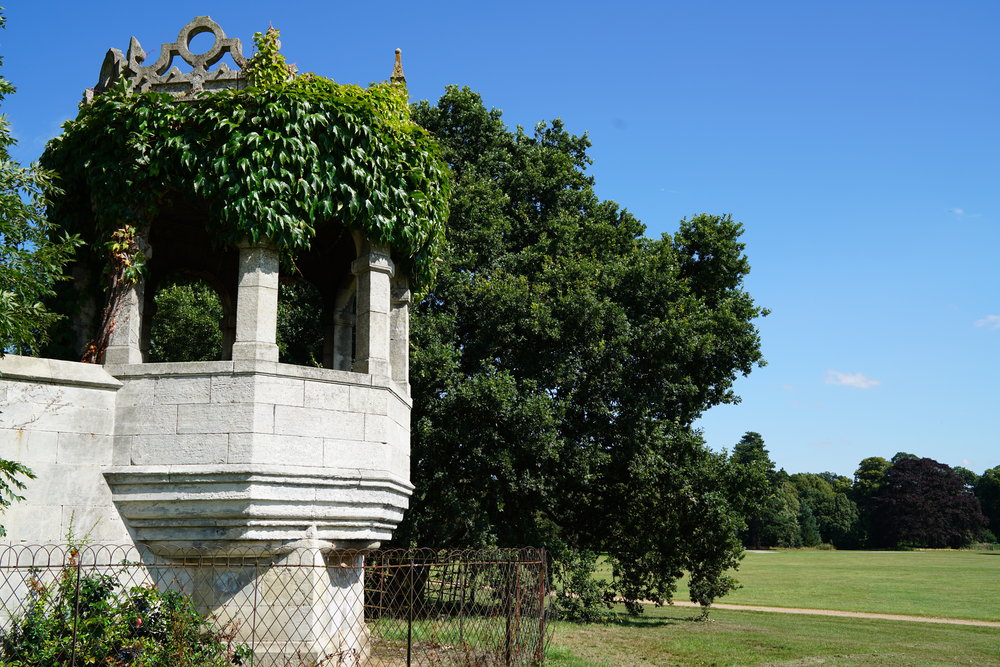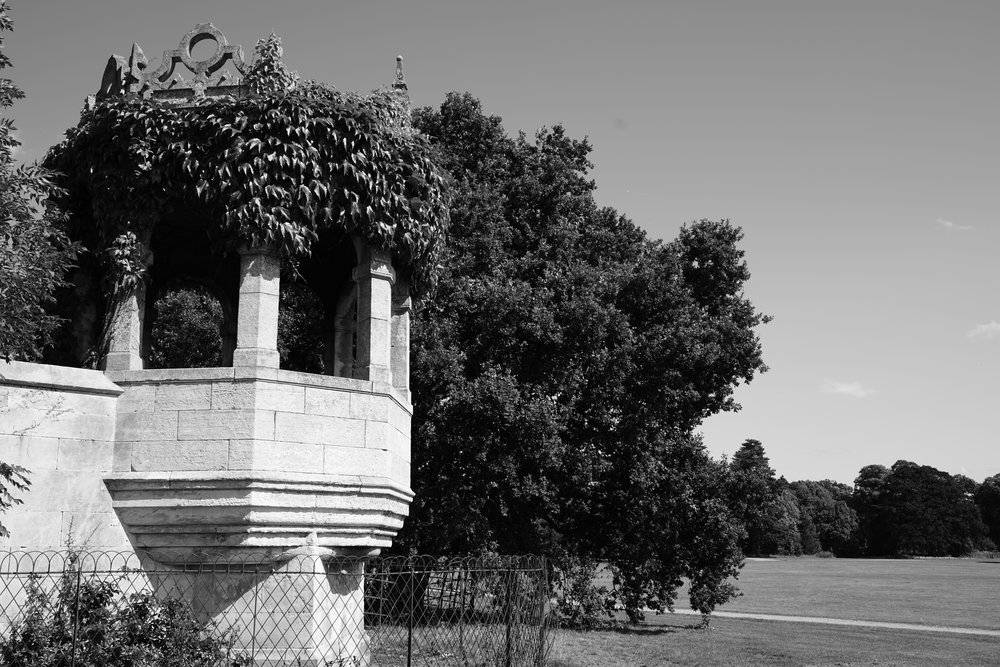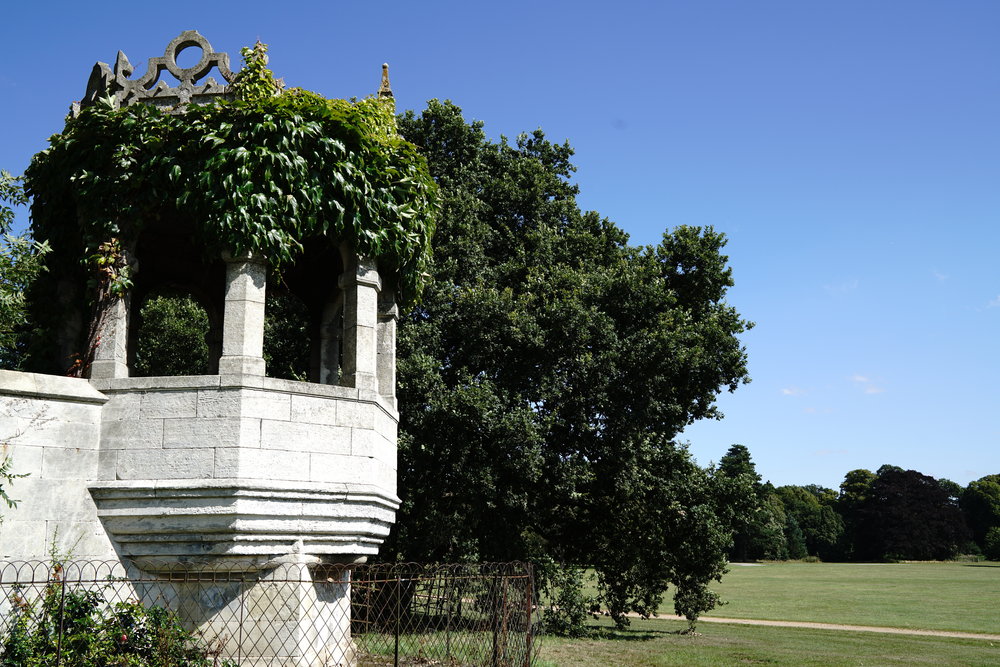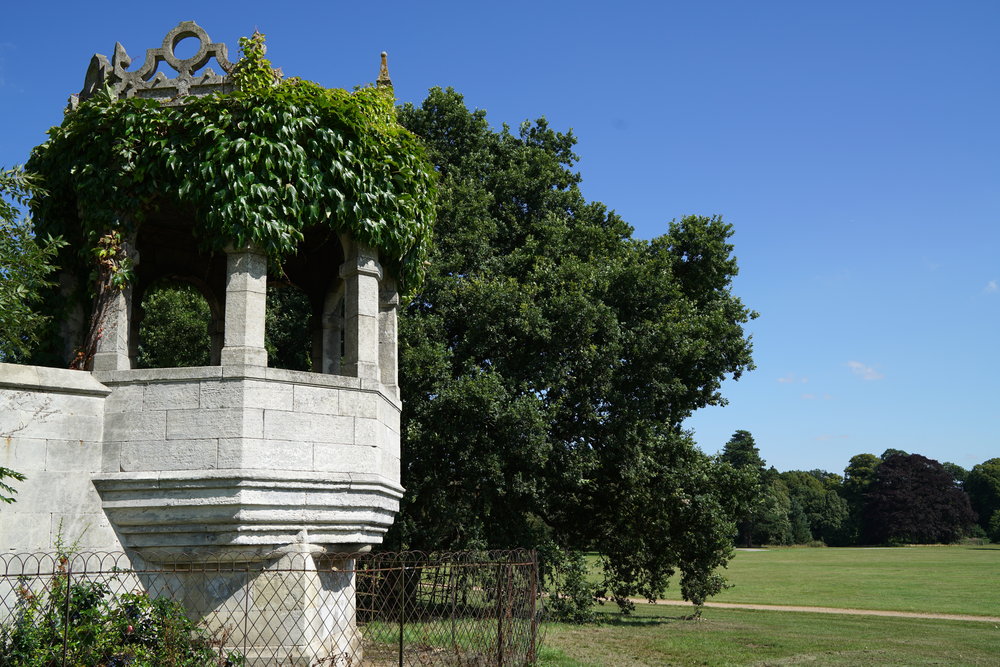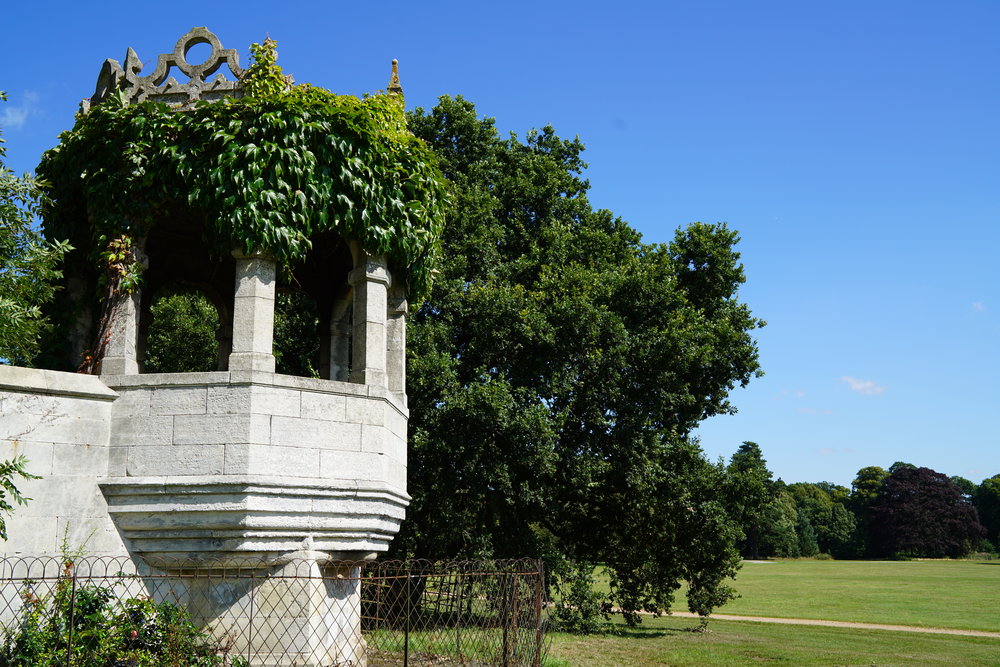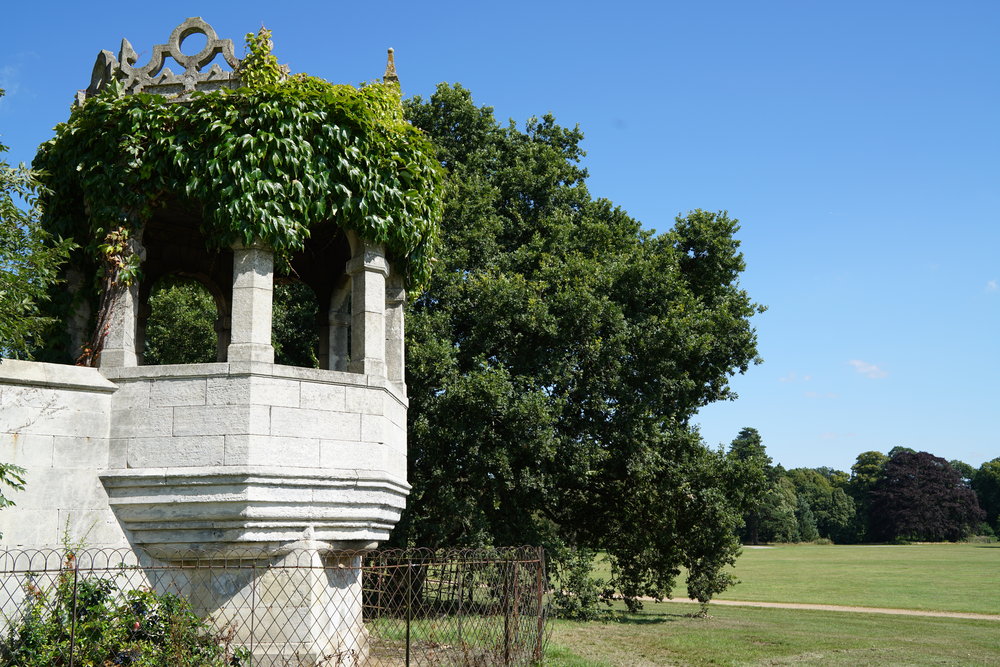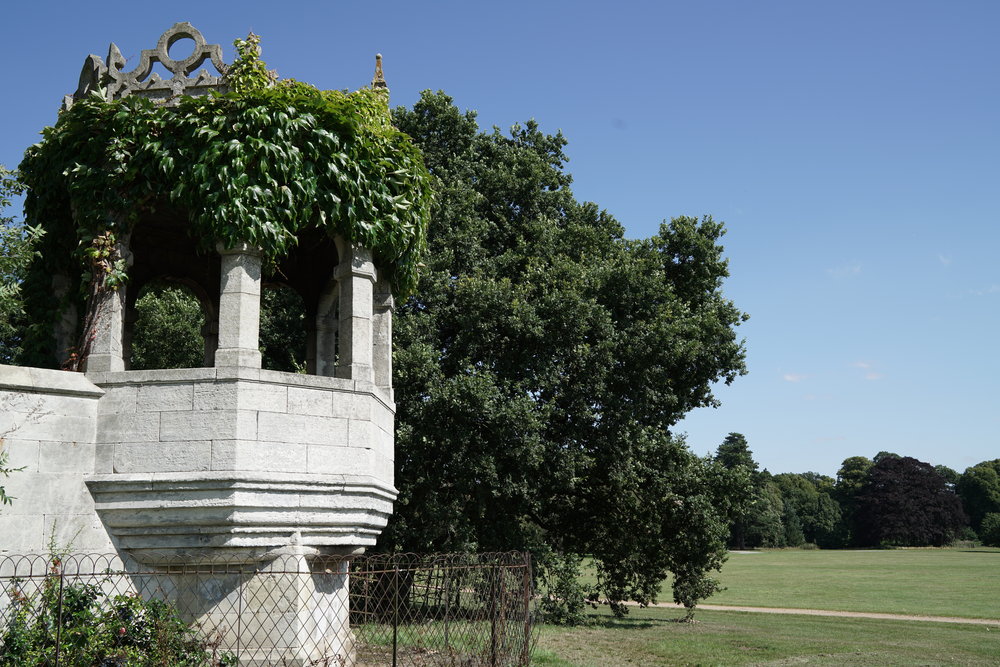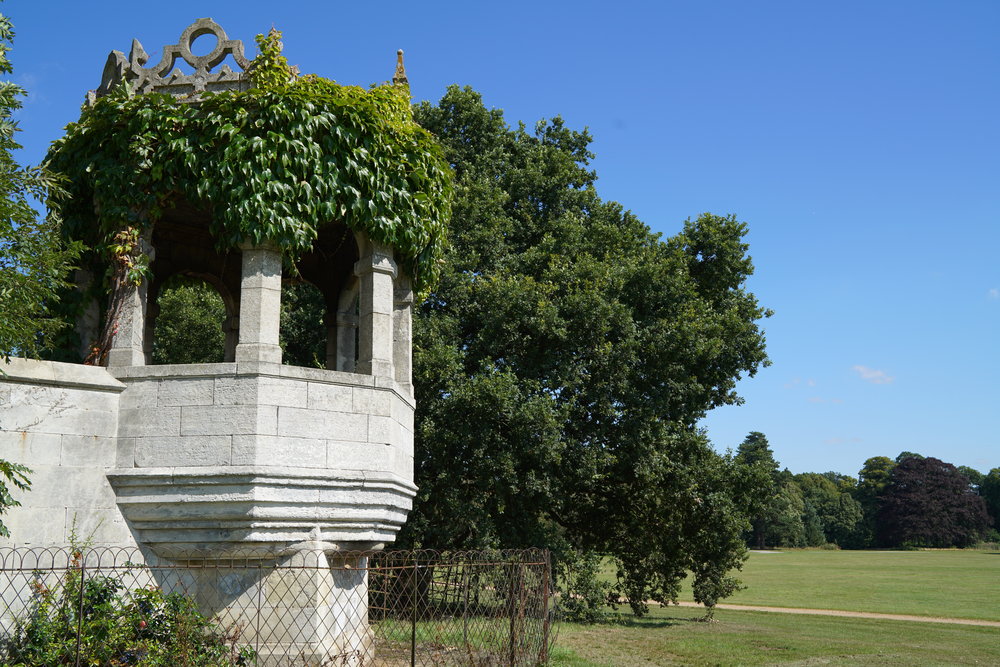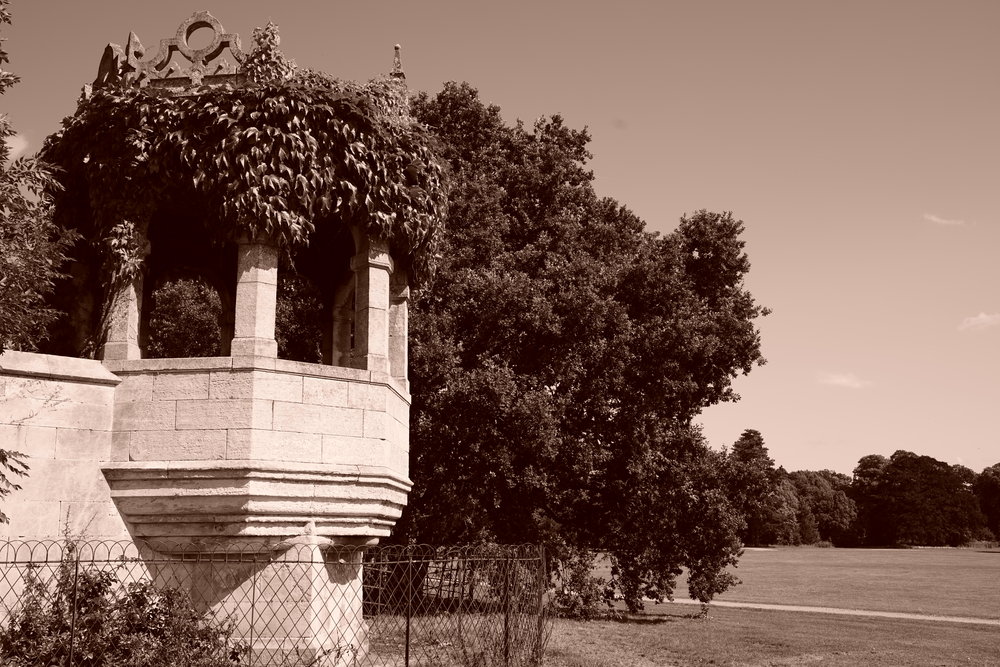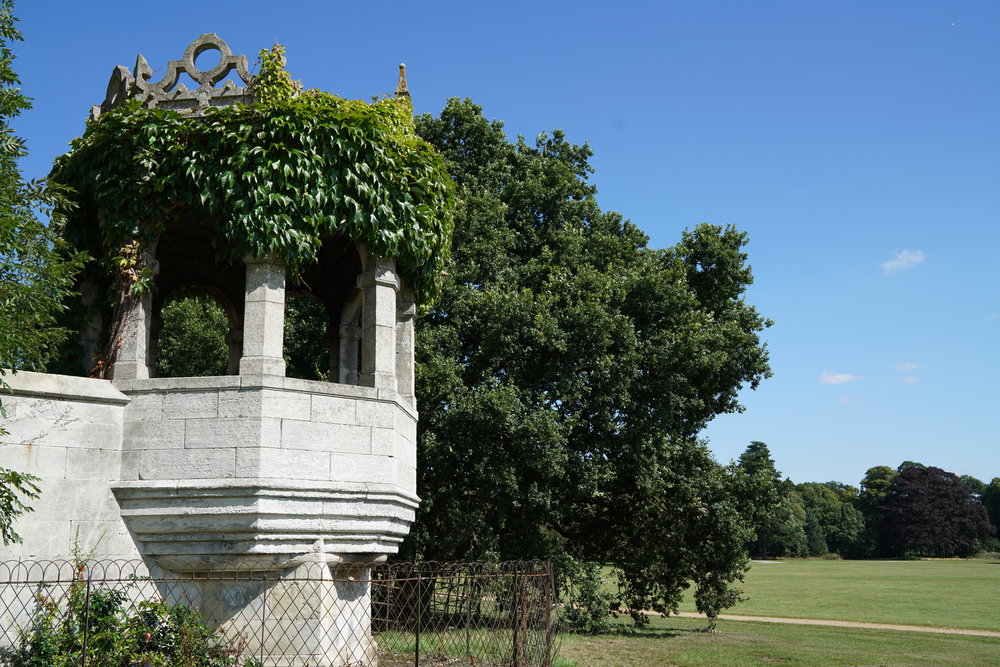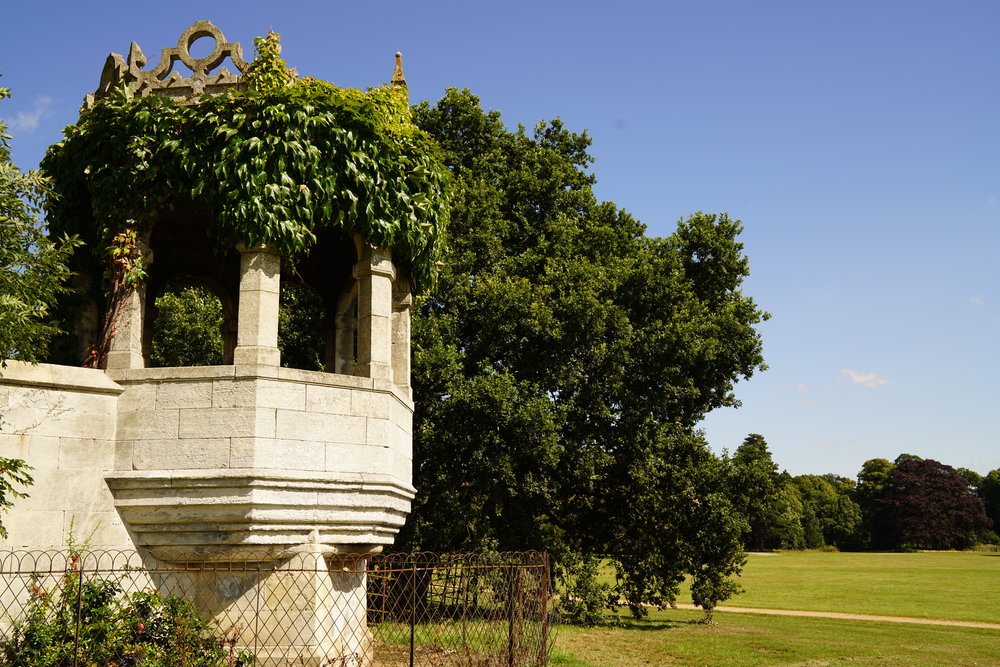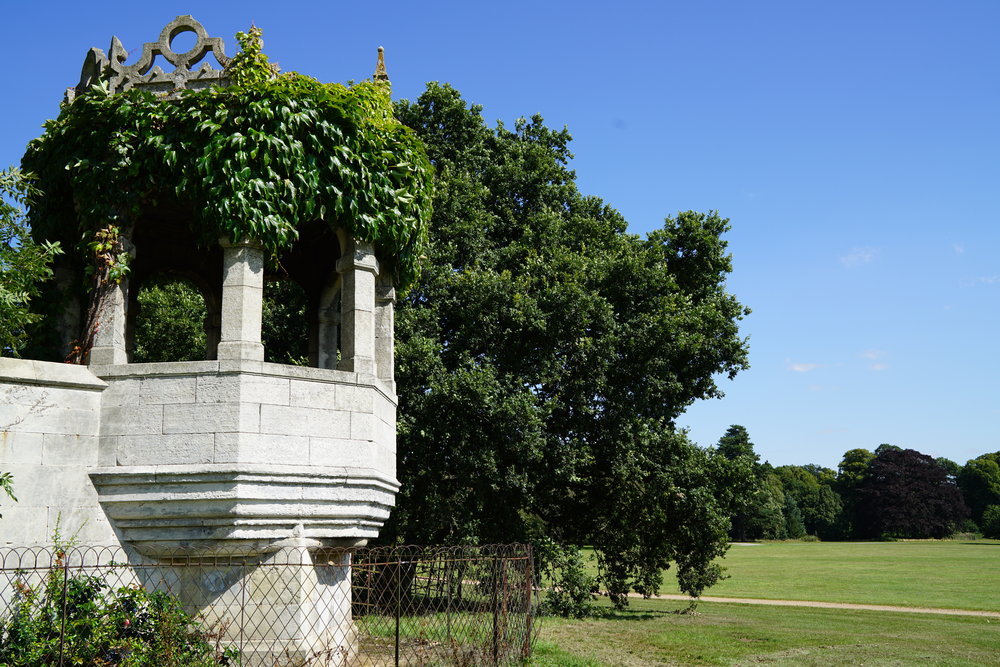
The Sony Alpha A7R Mark II is the World's first full-frame camera with a 42.4 megapixel backlit CMOS sensor, which should deliver improved noise performance. The camera also offers internal 4K video recording, plus a 399-point hybrid AF system, and an updated design compared to the 36 megapixel A7R.
Sony Alpha A7R II Features

The Sony Alpha A7R Mark II (model name ILCE-7RM2) is the top of the range Sony Alpha 7 series camera from Sony, and introduces a new 42.4 megapixel BSI (BackSide Illuminated) CMOS sensor, the World's first full-frame BSI-CMOS sensor, should mean improved noise performance and dynamic range. Thanks to the new sensor, the A7R Mark II offers an increased ISO sensitivity range from ISO50 to ISO102400, and a 5-axis sensor-based image stabilisation system.
Also on offer is a relatively fast continuous shooting mode that shoots at 5fps, plus full-pixel readout 4K movie recording. The camera features the Sony BIONZ X image processing engine, which includes diffraction reduction, plus area-specific noise reduction for improved image quality. The sensor does not feature an optical low-pass filter, so that it should be possible to get the best image quality possible.
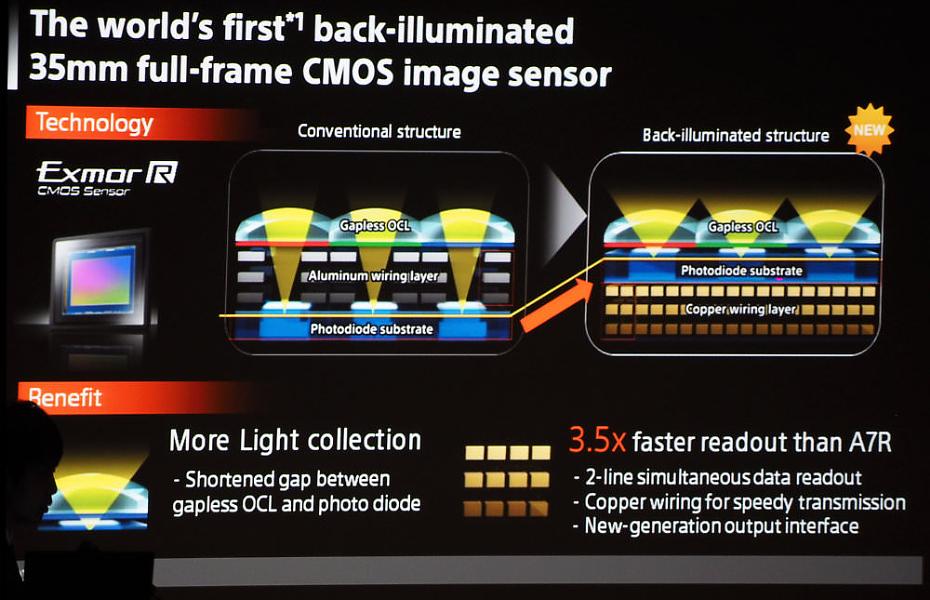
The camera body has a newly developed shutter unit which is designed for vibration suppression, plus silent shooting, and is rated for 500,000 shutter releases!
There are currently 13 FE (Full-frame) lenses, with Sony planning on having 20 FE mount lenses available by early 2016. The camera gives the option to use E-Mount lenses in crop mode, or alternatively use the full frame, but with strong vignetting. 399 phase-detection AF points cover 45% of the image area, and is said to give 40% faster AF when compared to the Sony Alpha A7R. Continuous shooting is at 5fps with AF / AE tracking enabled. Phase-detection AF will also work with the LA-EA3 Alpha mount adapter with Sony A-mount lenses.
4K video recording offers full pixel readout without pixel binning when using the Super 35 (cropped) format, which can be recorded internally to SD card (4:2:0 8bit). This over-samples 1.8x as many pixels as needed for 4K movies resulting in improved movie quality. Increased quality (4:2:2 8bit) recording is possible when recording to an external recorder using HDMI out. FullHD video recording is also included, along with a high-speed 100fps video mode at a reduced resolution.
Numerous shooting modes are included with intelligent Auto and Superior Auto for those that simply want to point and shoot, as well as numerous scene modes, and creative effects. For the more advanced there are full manual controls, two custom modes, and picture effect customisation options. Wi-Fi connectivity and NFC is included, and you can add additional features to the camera using Sony PlayMemories apps, which can be downloaded over Wi-Fi.

Key Features
- 42.4 megapixel Exmor R Full-frame BSI CMOS sensor
- No optical low-pass filter
- 3inch tilting screen, 1,228,800 dots
- 399-point wide area fast hybrid AF
- 5-axis in-body image stabilisation - 4.5 stops
- ISO100 - ISO25600, extends to ISO50 and ISO102400
- Internal 4K movie recording - full pixel readout without pixel binning
- XGA OLED viewfinder, 0.78x magnification, 100% coverage, 2,359,296 dots
- 5fps continuous shooting
- Enhanced grip and shutter button
- Robust lens mount
- Customisable buttons
- Wi-Fi, NFC built-in
- New mode dial with locking mechanism
Sony Alpha A7R II Handling
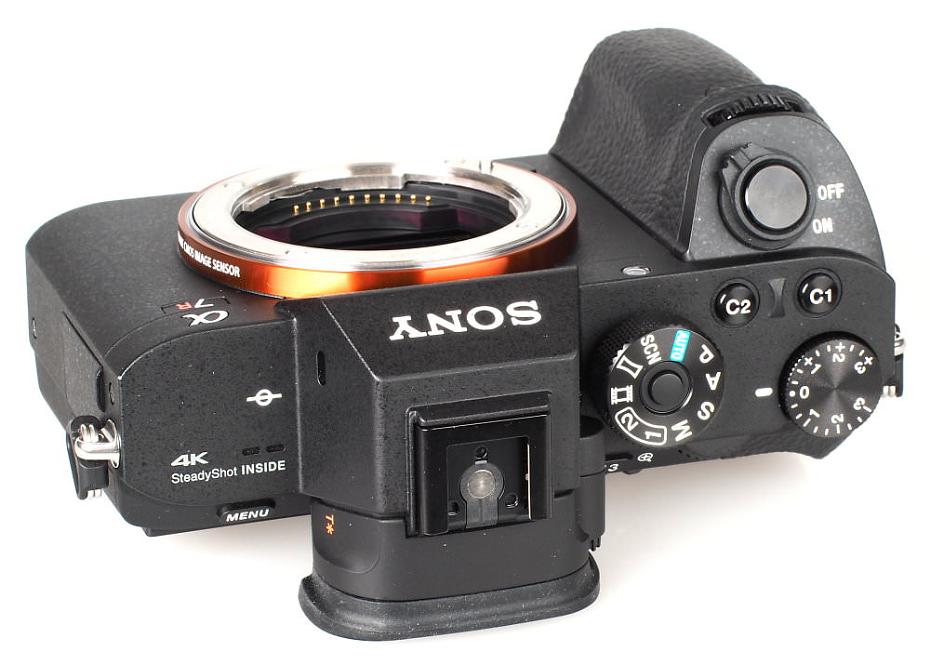
The A7R-II feels extremely well built with a large front grip that is covered in textured rubber that extends around to the back of the camera, where it is shaped for your thumb. The camera feels good to hold, with a textured finish, and due to the lenses being of a decent size, holding the camera with two hands (with one supporting the lens) is highly recommended. If you plan on using one of the adapters, and Sony Alpha (A-Mount) lenses with the camera, or other large lenses, then the optional battery grip could help the camera feel more balanced, as well as giving extended battery life.
The camera features a tough magnesium-alloy body that gives side access to the memory card slot, supporting the use of either Sony Memory Stick or SD/SDHC/SDXC memory cards. The inclusion of in-camera image stabilisation, has resulted in a slightly larger camera body compared to the A7R, with increased weight compared to previous models, and when used with a larger lens can result in the camera feeling heavy when used for an extended length of time - although is still lighter when compared to full-frame DSLR cameras.
An exposure compensation dial on top gives quick access to exposure control. The front and rear dial can be used for aperture and shutter control when in manual / aperture or shutter modes respectively. A switch on the back will let you change the operation of the AF/MF button to an AEL button.
The A7R-II, along with the other Sony Alpha 7 series cameras features the same orange ring around the lens mount, which was first introduced with the Sony Alpha 99, and Sony Cyber-shot RX1, and signifies that the camera has a full-frame sensor. The rest of the camera design is much more similar to a Digital SLR than the previous Alpha 7 models.
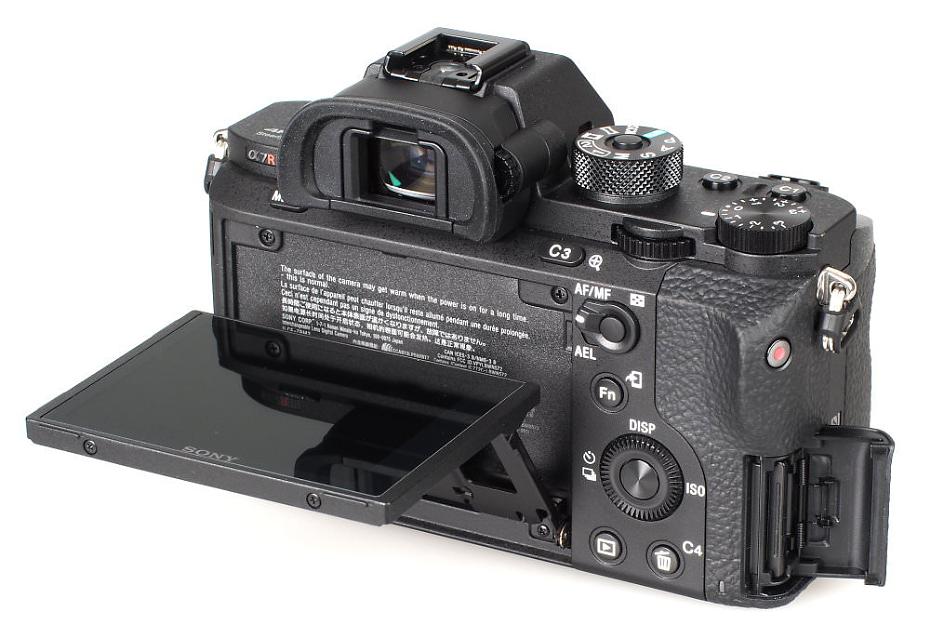
The rear features a high-resolution 1288k dot 3inch tilting screen that is smoothly integrated into the camera body, and this means it can at times feel a little difficult to pull away from the camera to tilt the screen. The screen quality is very good with good viewing angles.
The high-resolution 2.4 million dot OLED electronic viewfinder (EVF) features dioptre correction and an eye-detection sensor so that it will automatically switch to the viewfinder when held up to the eye, although this did seem overly sensitive at times. Electronic Viewfinder (EVF) quality is excellent, with a very clear and crisp display, which includes a dual-axis electronic level, and the EVF has a good sized rubber surround to help viewing outdoors which will be of benefit to anyone who wears glasses.
Menus – The menu system is clearly laid out and easy to use, although there are a large number of options, which could make reference to the manual useful, and does make finding some options quite time consuming if you are not familiar with the layout.
There is a dedicated ISO button on the rear 4-way scroll wheel, and the memory card access LED is placed next to the memory card compartment making it easy to see. The side video record button has been placed so that you don't accidentally start video recording. There is also a microphone and headphone socket on the side for those seriously interested in video recording, and the clean HDMI out will be of particular interest here.
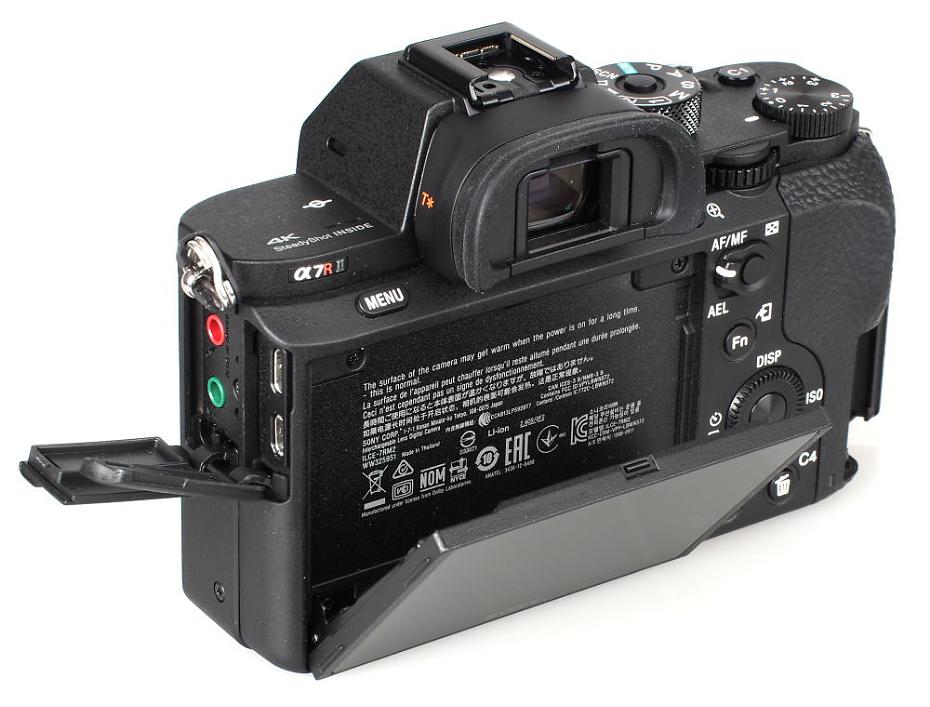
The locking mode dial features Auto, P, A, S, M, Scene, Panoramic, Video modes as well as two customisable user modes, and there's also two custom buttons on top (C1, C2) of the camera, with a third custom (C3) button on the back, along with a Fn (Wi-Fi) button, and C4 button that doubles as the delete button when in playback. The functions available on screen when you press the Fn button can be customised to give quick access to your favourite options.
Battery life - Battery life is rated at 340 shots according to Sony / CIPA test results using the LCD screen, or 290 shots when using the EVF, which is quite good for a mirrorless class of camera, and Sony provide a second battery in the box, as well as a proper AC charger rather than relying on USB charging.
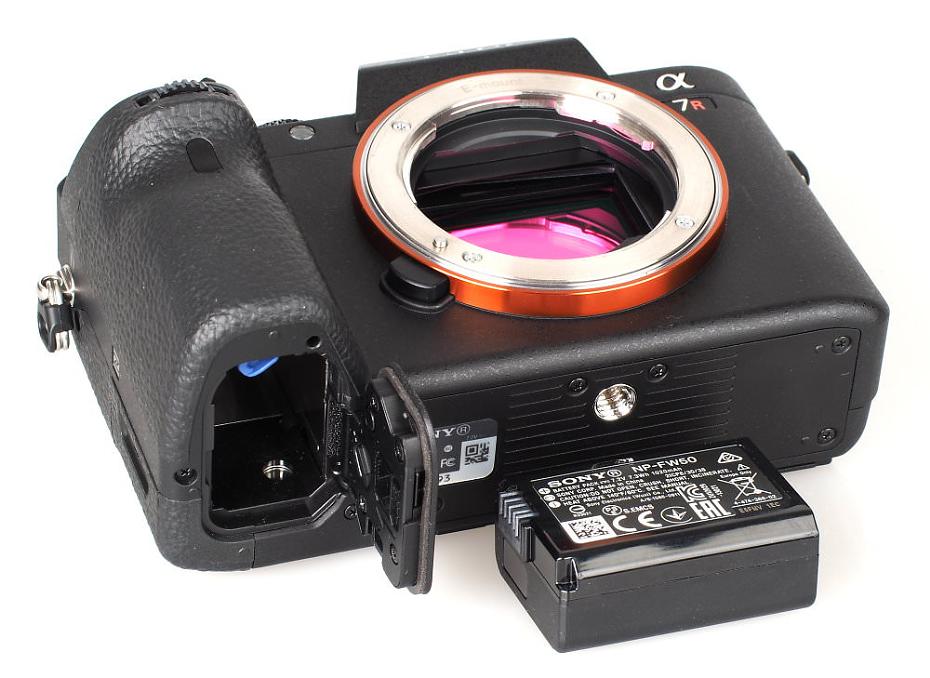
Sony Alpha A7R II Performance
The performance section is where we look at the image quality performance of the camera. Additional sample photos and product shots are available in the Equipment Database, where you can add your own review, photos and product ratings.
Speed - We took a number of shots to test the camera's responsiveness, from switch on to first photo, shot to shot, focusing speed etc. We take a number of shots and then use the average to ensure accurate and consistent tests, making it easy to compare with other cameras.
| Shutter Response | <0.05secs |
| Wide 35mm - Focus / Shutter Response | 0.4secs (35mm) |
| Telephoto 55mm - Focus / Shutter Response | 0.35secs (55mm) |
| Switch on Time to Taking a Photo | 1.8secs (MF) |
| Shot to Shot without Flash | 0.7secs |
| Shot to Shot with Flash | N/A |
| Continuous Shooting - JPEG (shots before slow down) |
4.2fps (30 shots) |
| Continuous Shooting - Flash | N/A |
| Continuous Shooting - RAW | 5fps (20 shots) |
Focus is relatively quick, although this does depend on the lens used. It's possible to take 30 shots before slowdown when shooting JPEG images, and it takes roughly 10 seconds to write 30 JPEG images to memory. (Lens compensation auto, same speed when off). Shooting raw it took 18 seconds to write 20 raw files to the memory card. A high-speed Panasonic SDXC UHS:3 card was used during testing.
Sony Alpha 7R II Sample Photos
Sample Photos - The camera takes photos with impressive levels of detail, and exposure is reliable, with good colour and saturation. DRO (Dynamic Range Optimisation) improves detail in shadow areas, and can be left on Auto or set to one of five levels. A HDR shooting mode combines a number of shots for extended dynamic range, and this can be left on Auto or set to one of six levels. JPEG images are sharp straight from the camera, and can be further sharpened with image processing software, or by processing the raw files, for impressively sharp results.
Sony Alpha 7R II Lens test images
Lens Performance - Using the right lenses with the Sony Alpha A7R Mark II results in images that have excellent levels of detail, both in the centre and in the corners of the frame, and we would recommend the use of prime lenses to get the best results from the 42.4 megapixel sensor. The camera's built-in image stabilisation system does a good job of keeping shots sharp even with slower shutter speeds.
There is an increasing range of lenses available for the Sony FE (Full-Frame) mount, with high quality primes from Sony such as the Sony FE 28mm f/2.0, Zeiss ZA (Sony made) lenses like the Zeiss Sonnar 55mm f/1.8 and Zeiss Distagon 35mm f/1.4 as used in this review, as well as Zeiss Loxia (MF) 35mm f/2, 50mm f/2 lenses, plus more recently the autofocus Batis 25mm f/2 and Batis 85mm f/1.8 lenses.
Lens compensation is built into automatically correct for: Peripheral Shading, Chromatic Aberration, and Distortion, and we found results were good shooting with prime lenses. Chromatic aberrations were more noticeable when shooting wide-open but quickly disappeared as the aperture was closed down. There is also correction for diffraction when using smaller apertures. Both the 35mm f/1.4 and 55mm f/1.8 lenses can be prone to flare due to the large front lens element when shooting into / towards the sun. View more sample photos from the Zeiss Distagon 35mm f/1.4 T* lens.
Sony Alpha 7R II ISO test images
ISO Noise Performance - For the lowest noise and best detail possible we would recommend using ISO50 to ISO1600, as images have low levels of noise and good levels of detail. For lower light situations, ISO3200 to ISO6400 still provides good results, although noise increases slightly and detail is reduced. At ISO12800 and ISO25600 noise levels become stronger and we would recommend avoiding these settings if possible, although results may still be useful if resized and used on the web. ISO51200 and above is best avoided as noise is high, and detail is low, particularly at ISO102400. There are noise reduction options of Off, Low and Normal, with Normal being the default setting.
Sony Alpha 7R II White-balance test images
White Balance Performance - Auto White Balance (AWB) performs well with a slightly warm result under tungsten lighting, with the tungsten preset giving a more accurate result. AWB performs well under fluorescent lights, with the fluorescent preset giving a more accurate result.
Sony Alpha 7R II Digital filters
Digital Filters - There are a large number of picture effects which are preset colour modes, and these can be customised by altering contrast, saturation and sharpness. In addition to this there are a large number of creative effects, that let you apply digital filters to images including Toy camera, miniature and selective colour to name a few.

Sony Alpha A7R II Panoramic | 1/200 sec | f/8.0 | 35.0 mm | ISO 100
Panorama mode - The camera features an automatic panoramic mode, where you simply press the shutter release button and pan the camera from one side to the other. Results are very good, and well stitched together, with a high-resolution image produced.
Video - The camera records 4K (3180x2140) video to an internal memory card, and a high-speed memory card is recommended for 4K / High-quality video recording, and the camera will not let you record 4K video internally without a UHS:3 SD card. An ISO range of ISO100 to ISO25600 is available in the video recording mode. Picture profiles let you customise the black level, gamma, black gamma, knee, colour mode and saturation. You can adjust the audio recording level to one of 31 settings. Audio out timing can be set to live or lip sync. Video quality is good, and when recording videos handheld the image stabilisation system does a good job to keep the video stable. Additional video examples recorded with the Sony Alpha A7R Mark II can be found on the ePHOTOzine YouTube Channel.
There are numerous video options as well as compression choices including:
- XAVC S 4K - 25p, 100Mbps, 25p, 60Mbps
- XAVC S HD - 1920x1080 50p, 50Mbps, 25p, 50Mbps, 1280x738 100fps, 50Mbps
- AVCHD - 50i, 24Mbps, 50i 17Mbps, 50p, 28Mbps, 25p, 24Mbps, 25p, 17Mbps
- MP4 - 1920x1080, 50p, 28Mbps, 1920x1080, 25p, 16Mbps, 1280x720, 25p, 6Mbps
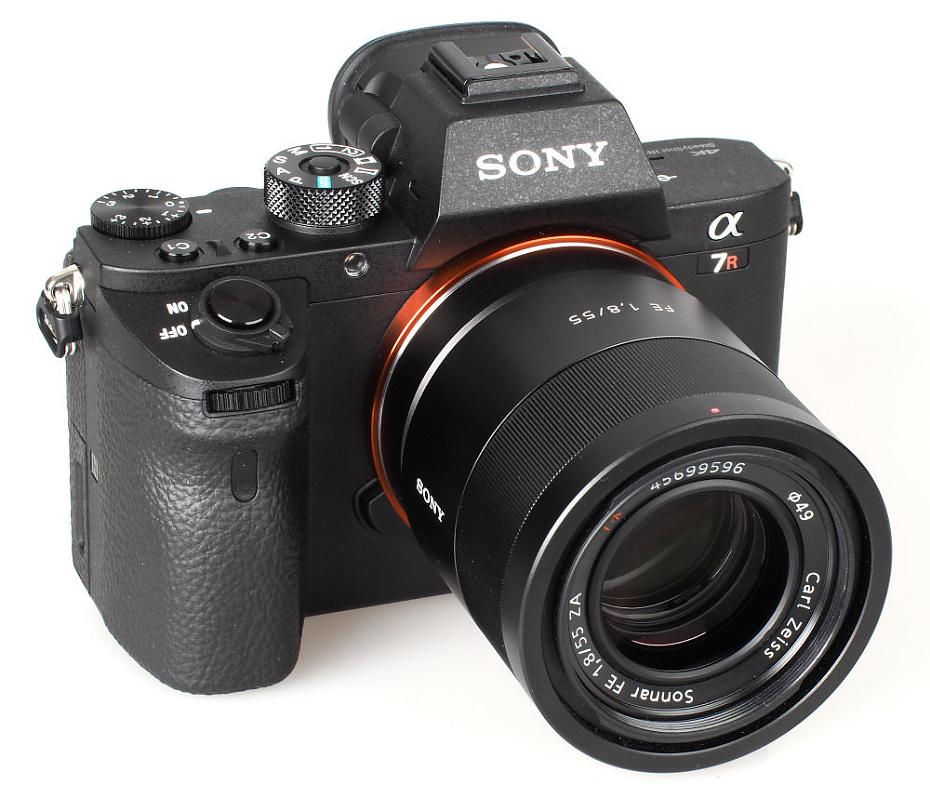
Value For Money
The Sony Alpha A7R Mark II is available for £2599 body only which makes it reasonably good value for money, with the size benefit of particular interest. Alternative full-frame mirrorless cameras are only available from Sony, so the options available include the:
Sony Alpha A7, 24mp, FullHD video, £819 body only
Sony Alpha A7 Mark II, 24mp, 5-axis IS, £1249 body only
Sony Alpha A7R, 36mp, FullHD video, £1339 body only
Sony Alpha A7s, 12mp, 4K video (to external recorder), £1649 body only
Alternatively you will need to look at a Digital SLR if you're looking for an ILC (Interchangeable Lens Camera) with a full frame sensor, such as the 50mp Canon EOS 5DS R (£3199), and 36mp Nikon D810 (£2349). If size is an issue and you'd like a smaller camera then you could look at the Olympus / Panasonic Micro Four Thirds range, as well as the Fujifilm X series.
Have a look at more compact system cameras in our Top 10 Best Mirrorless Cameras 2015. You'll also need to buy a memory card and a case or bag to keep your camera safe and protected - have a look at our complete guide to camera bags.
Sony Alpha A7R II Verdict
With this, the latest camera in the Sony Alpha 7 series, the Sony Alpha A7R Mark II has got pretty much everything right. With a high resolution 42.4 megapixel backlit full-frame CMOS sensor, Sony has not only increased the megapixel count for additional resolution, but also managed to reduce noise levels by making it a backlit CMOS sensor. Another factor that is important with such a high-resolution sensor is shutter vibration, and to combat this Sony has developed a new shutter system with no vibration and reduced noise. In addition to this, in order to get sharp results, the camera's built-in 5-axis image stabilisation system moves the sensor to ensure shots are sharp and detailed even when shooting hand-held.
The A7R-II has an impressive tilting screen, high-resolution electronic viewfinder (EVF), 5fps continuous shooting, good AF tracking, and 4K video recording, along with a good sized and comfortable body. This makes it an enjoyable camera that you want to use. Although it may not meet everyone's needs as some may wish to shoot at a quicker speed than the 5fps continuous shooting on offer.
Earlier complaints about the Sony Alpha 7 series having a lack of lenses available have mostly been resolved by the rapid introduction of new, high-quality prime lenses and zooms over the last few years, and the range is set to expand further with support from both Sony and Zeiss developing lenses for the system. There are also lenses available from other third parties, including Samyang, Venus, Mitakon, Voigtlander, and Lensbaby, as well as the option to use any other full-frame lens with an adapter.
The Sony Alpha A7R Mark II offers a higher resolution sensor than the Nikon D810, and is just £250 more expensive, whilst being £400 cheaper than the Canon EOS 5DS (and £600 cheaper than the 5DS R), which makes the A7R Mark II very good value for money. If you have the money to invest in a high-resolution full-frame camera, then the Sony Alpha A7R Mark II should be very high on your list, and as an upgrade from an earlier Sony Alpha 7 series camera, the A7R-II is a culmination of all of the best features rolled into one fantastic camera.
Sony Alpha A7R Mark II (ILCE-7RM2) Review - Verdict: The Sony Alpha A7R II is a culmination of all the best features from Sony's expertise rolled into one fantastic camera.
